It’s time for Rush Hour
The two largest movie markets in the world are the US and Asia, and both countries have fervent fans of the other’s trademark films. So it was only natural that director Brett Ratner hoped that combining the iconic styles of each culture would become a hit with Rush Hour (1998).
“The Buddy Movie” meets “Comedy Kung Fu”
There’s a long standing Hollywood tradition of pairing two distinctly different personalities and having them work together. Police films work especially well for this genre. While some films such Red Heat (1988) and the Lethal Weapon (1987) movies have semi-serious plot lines, most of the buddy movies involve somewhat of a comedic element as the two partners clash in terms of style and personality.
The classic kung fu movies mostly featured a singular hero and a more serious and somewhat moralistic plot line, at least until Jackie Chan invented the comedy kung fu film with Drunken Master (1978).
Rush Hour, and the subsequent sequels, was one of the first tastes many mainstream American audiences had of the comedic kung fu style. In the films, Chan plays a Hong Kong detective whose case brings him to the US, where he is paired with a Los Angeles detective played by Chris Tucker. The plot lines in all three are somewhat hackneyed and are heavy on formula. The main draw is Tucker and Chan and their interactions.
Did Rush Hour work?
The general consensus is that any movie that spawns multiple sequels (with another supposedly in pre-production) is a success. By Hollywood standards Rush Hour, with US box office receipts of $141 million, was a modest success. The fact that the film succeeded at all is surprising due to Chan’s frequent statements that he does not understand nor fully appreciate American humor. When you combine that aspect with the fact that Chris Tucker improvises most of his lines, the fact that the movies succeed at all is somewhat amazing. Chan’s well documented desire for perfection (he once demanded 300 takes for a single scene and almost 3,000 for a ten-minute segment) played a large role in the trilogy’s success.
Rush Hour Fun Facts
This was one of the first American films where Jackie Chan’s lines were not overdubbed. Chan was never comfortable with his English and all of his previous English roles were overdubbed. Director Ratner felt that having Chan deliver his own lines would add to the authenticity of the film.
Ratner’s addition to detail is not as evident in other aspects of the film. All three of the movies are stand-outs in the field of continuity errors. Chan’s suspenders change patterns, bar stools change colors, the wheels on Tucker’s Corvette change, and in one of the more standout mistakes a taxi changes make and model and then back again.
Some of the technical details are just as bad. A car loaded with C4 explodes from a gunshot and kidnappers demand a ransom in small bills meaning that the payout would weigh over a ton.
The movies do have some nice little Easter-Egg type touches, especially in Rush Hour 2 (2001). Jackie Chan has long said that his favorite number is 32, perhaps that is the point where he started counting the numerous of broken bones he has sustained from doing his own stunts. The number makes numerous appearances in the film, including on the license plate of the villain’s car.
However the best use of the number 32 comes in one of the mandatory fight scenes. In a scene that relies heavily on Chan’s comedic talents, he finds himself in the unpleasant position of having a remote controlled grenade taped in his mouth. Chris Tucker manages to remove the tape and Chan spits the grenade from his mouth and onto the roulette wheel. As anyone who knows from playing roulette the probability and the odds of the pill landing on any number is 38-to-1, but of course we (briefly) see the grenade land on number 32 just before it explodes.
Longtime Chan fans will notice many familiar jokes and situations in the film. The director felt that American audiences would be unfamiliar with the kung fu star’s earlier work and had several of his classic gags and moves incorporated into the script.
The building used for the exterior of the Chinese Consulate is the same one as was used as the exterior for Wayne Manor in the original Batman! TV show.
The casino in Rush Hour 2 was the empty Dessert Sands in Las Vegas. The production company erected a huge “Red Dragon” casino marquee out front and painted part of the exterior red. Several windows were blown out and the walls sustained smoke damage during the filming. The casino remained standing for several months after production ended and provided an interesting conversation topic for tourists on the Las Vegas strip that were unaware of the upcoming movie.
About a year ago, Jackie Chan told British television presenter Jonathan Ross that for him to consider doing another instalment in the series that the script would have to be really good. Hollywood insiders feel that director Ratner is keen to do so mainly due to the lackluster results of his latest efforts. According to a number of sources, Rush Hour 4 is in pre-production and should be released by 2017, while the franchise is also being turned into a television show – which has Jon Foo taking over Jackie Chan’s role, and comedian Justin Hires filling in for Tucker.
Despite the star power in the previous films, none of them honestly rate much higher than a C+. There have been a number of films in the genre over the past few years, none of which were blockbusters. That plus the fact that at 61, Chan may decide that it’s time to rest a bit, means that the film may never get to the screen and that its success if far from assured.

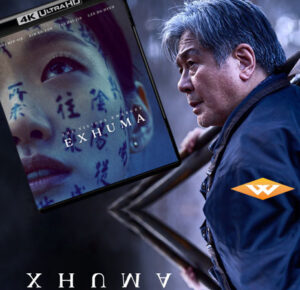
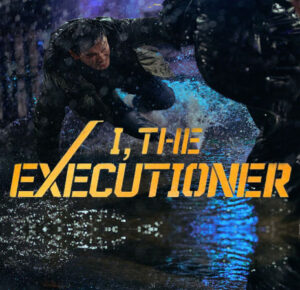
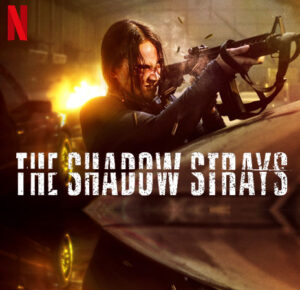
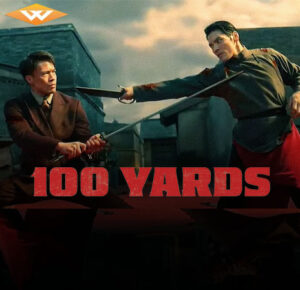
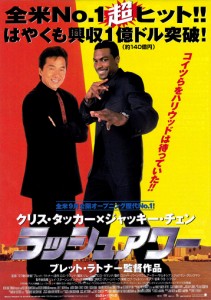
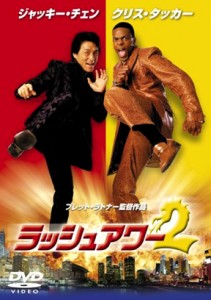
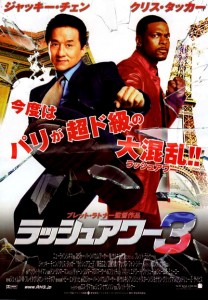
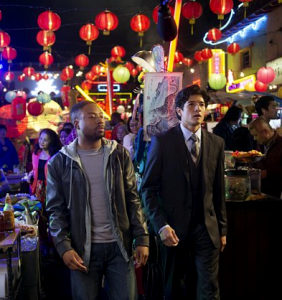
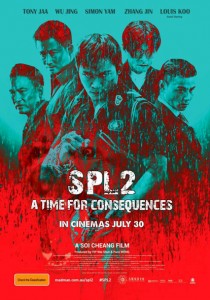
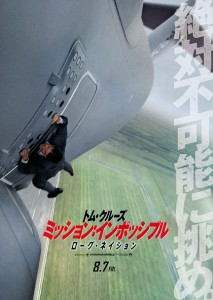
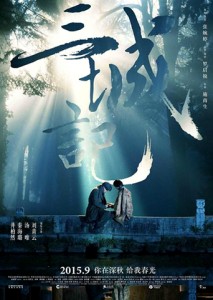
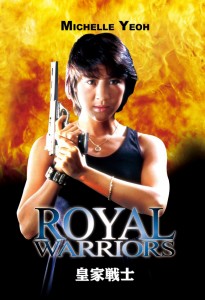

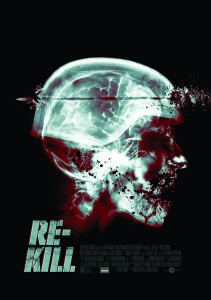
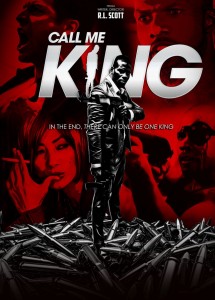
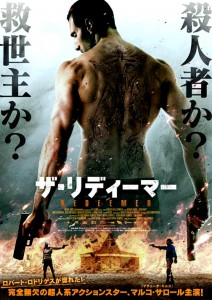
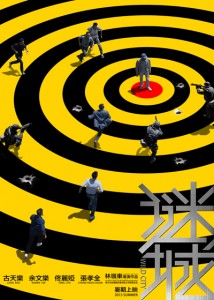
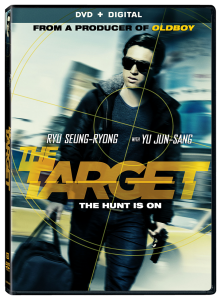
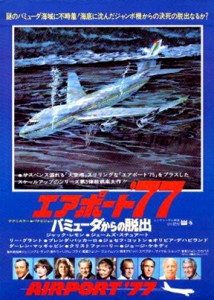
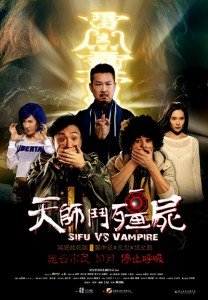
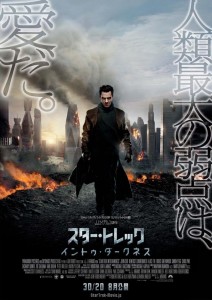
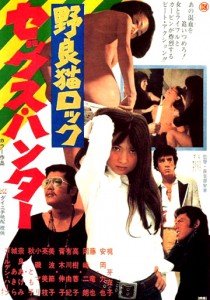




5 Comments